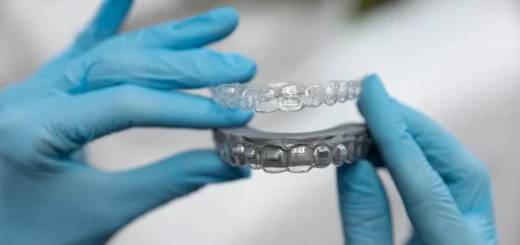5 Commonly Asked Questions About Bunion Surgery
When going in for bunion surgery, there are a lot of common questions that patients ask. Bunion surgery can come with its own set of risks, treatments, and solutions and if you are thinking about having bunion surgery then here are a couple of questions that can help you.
- What exactly is a bunion?
Unlike what most people think, a bunion isn’t growth. Rather, it is a misalignment that causes the big toe joint to protrude out from under the skin.
- Will a bunion get worse if you don’t have surgery?
Bunions come in various sizes and generally get larger over time. Some bunions progress quickly while others grow bigger slowly over the years. The faster you go in for bunion surgery, your bunion will be small and will involve a lot less treatment and pain as compared to a big one which will involve a lot of surgical work.
- What are the best products to avoid surgery?
When looking for products to treat bunions these are generally focused on alleviating symptoms rather than curing the bunion. Bunion pads are great at alleviating the pressure from the shoe and if you use toe pads, they can help align the big toe as well as lessen pain. Toe splints worn at night may limit the progression of the bunion.
- Is a bunion surgery covered by insurance?
Bunions are a medical condition and therefore bunion surgery is generally covered by most medical insurance plans. This is as long as it’s associated with pain and functional limitations. So, if you are just having bunion surgery for cosmetic purposes and to make your foot look better then this is generally excluded. Some insurance plans have specific exclusions on foot surgery altogether.
- Can bunion surgery fix bunions?
When undergoing bunion in Baltimore, you need to consider that this mostly requires bone repositioning surgery. There are a handful of bunion techniques that are used today. Bunion shaving, for example, is for small bunions and your doctor will remove some excess bone from inside the bone as well as repair any ligaments to realign the big toe. This type of surgery is rarely used along and often combined with other procedures.
Bone cutting is repairing the mispositioned bone by cutting the deviated bones and structurally changing the shape of the bone to get better alignment. Bone fusion realigns the entire bone through the arch by fusing a non-essential joint in the foot and this is realigned at the location where the bone deviates.
Wrapping Up
If done well, bunion surgery is usually a cure and even though some people may have a higher chance of reoccurrence, most bunions do not return. You need to ensure that you are wearing the right kind of shoes, drying your feet well, and following certain tips to keep your feet healthy. Always consult your podiatrist a couple of times a month just to get your feet checked so that you can avoid any serious complications. The above questions can help you make your decision about bunion surgery.



